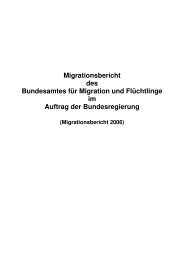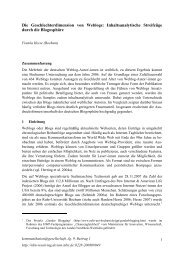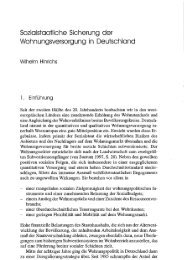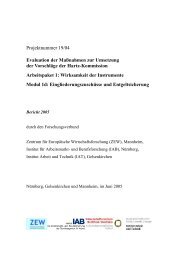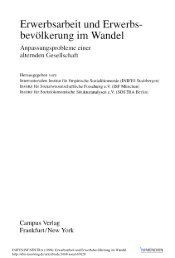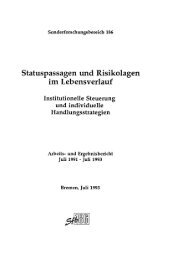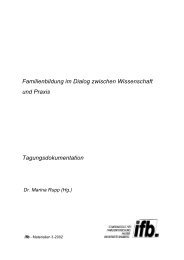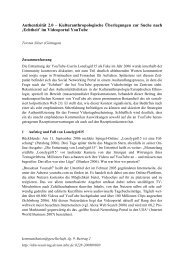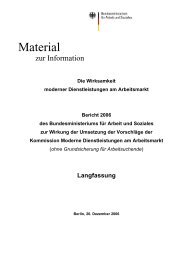Public Financial Management for PRSP - Deutsches Institut für ...
Public Financial Management for PRSP - Deutsches Institut für ...
Public Financial Management for PRSP - Deutsches Institut für ...
Create successful ePaper yourself
Turn your PDF publications into a flip-book with our unique Google optimized e-Paper software.
Stefan Leiderer et al.<br />
pronounced in these sectors as seen in Malawi. Finally, these sectors account<br />
<strong>for</strong> the largest share of the national budget.<br />
The following section gives a brief overview of the two sectors.<br />
4.3.1 The education sector in Malawi – current situation<br />
Around 13 % of the national budget is currently allocated to the education<br />
sector (fiscal year 2003/2004). The sector heavily depends on donor funding,<br />
much of it in support of a SWAp. About one third of the total education<br />
budget is donor grants (World Bank 2004b, 58). However, donors working in<br />
the education sector assume that 30 % to 40 % of donor funds are actually<br />
provided off-budget. At the time of writing Malawi is seeking to apply <strong>for</strong> the<br />
Education <strong>for</strong> All Fast Track Initiative. This would make an allocation of<br />
20 % of the national budget <strong>for</strong> education necessary. There<strong>for</strong>e, the Ministry<br />
of Education (MoE) currently tries to improve coordination of the various<br />
donor-contributions. Donors are heavily involved in supplying teaching and<br />
learning materials as well as in school construction. Most school construction<br />
in Malawi is donor-financed, often including only minor community<br />
contributions. An arrangement between the government of Malawi (GoM),<br />
Germany, the UK and Canada is currently being set-up to create a thematic<br />
basket financing mechanism to jointly fund activities in support of primary<br />
education.<br />
About 26 % of all men and 55 % of all women in Malawi are illiterate. A<br />
severe problem of Malawi’s education sector consists in a lack of qualified<br />
teachers. In 1994, the government introduced free primary education. Despite<br />
a positive impact on enrolment ratios, this sudden policy shift had severe<br />
consequences on the quality of primary education as not enough trained<br />
teachers were waiting in the wings. There are six publicly funded primary<br />
teacher colleges in Malawi with a combined training capacity of 2760 qualified<br />
teacher graduates each year (MoE 2005b, 8). As a make-shift solution,<br />
the government employed 20,000 untrained teachers, planning to train them<br />
over the coming years. This has only happened partially so far. Consequently,<br />
the qualified teacher/pupil-ratio dropped drastically to around 1/118 (Hau<br />
2004, 29), whereas the goal is 1/60. In addition, there are currently around<br />
10,000 vacancies and the number is rising due to retirements and deaths<br />
(BMZ 2004a, 5). However, the total number of teachers – trained and untrained<br />
– declined (from 47,840 to 43,952) between 2000 and 2004 (MoE<br />
50 German Development <strong>Institut</strong>e




